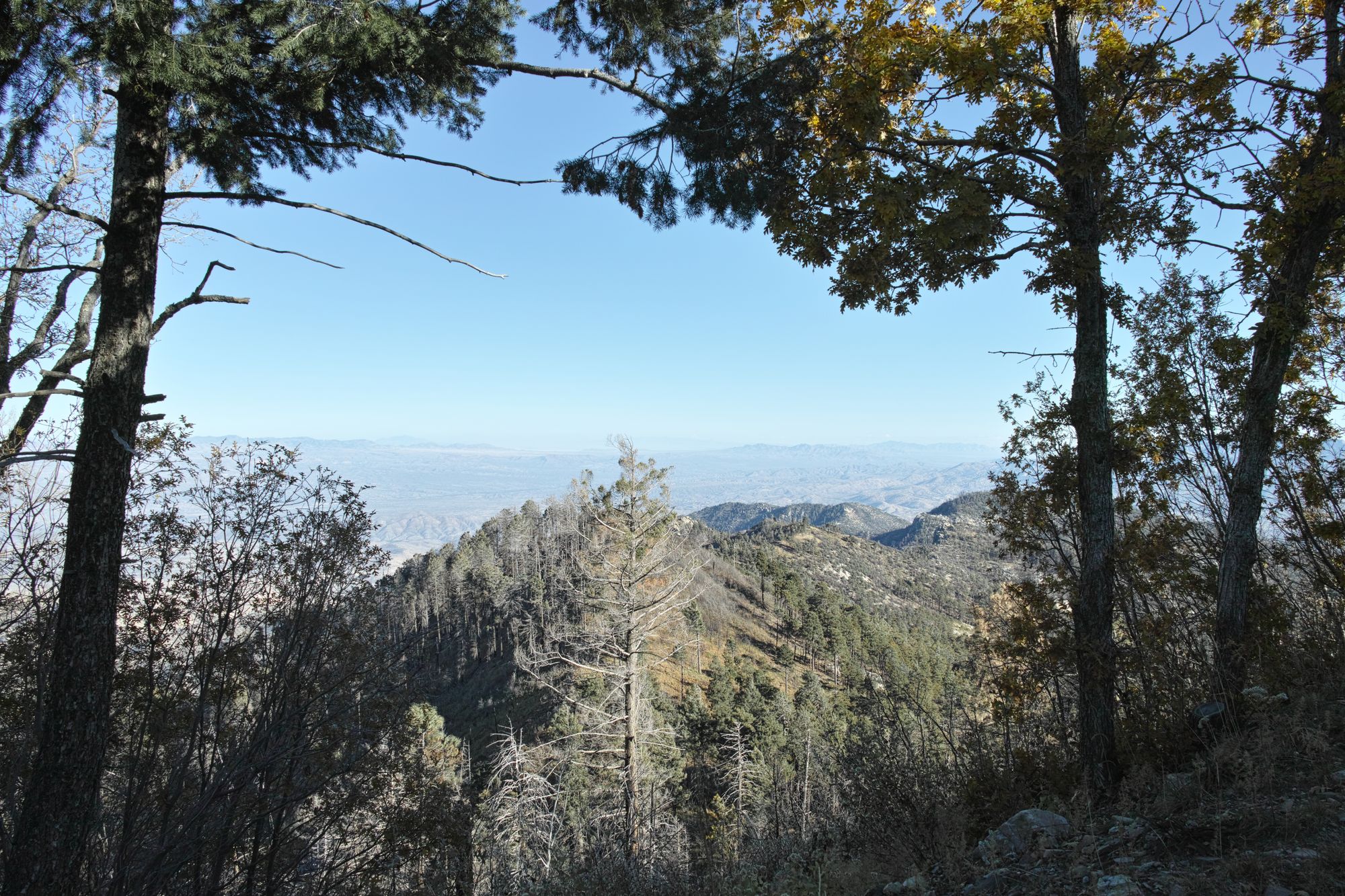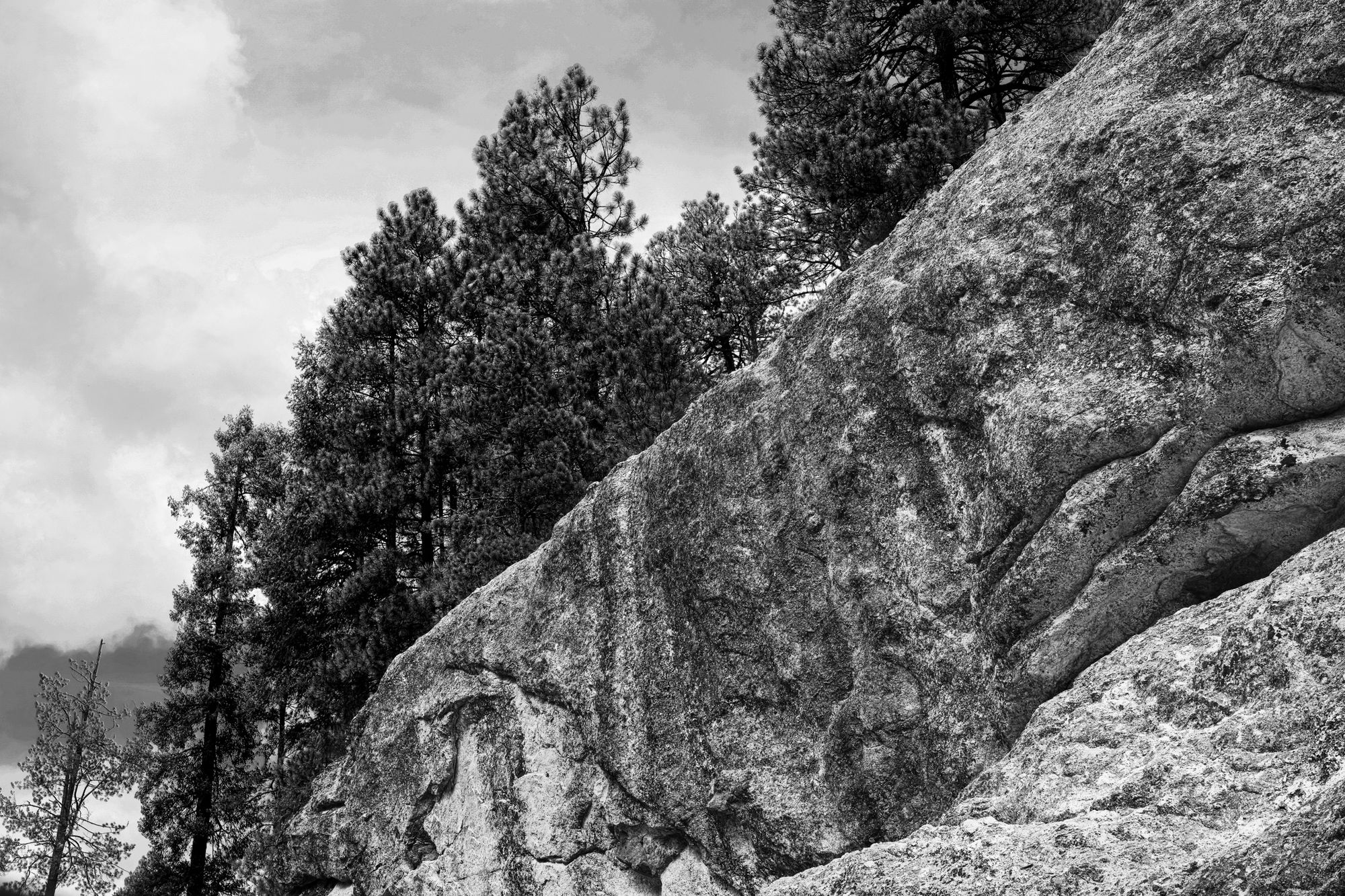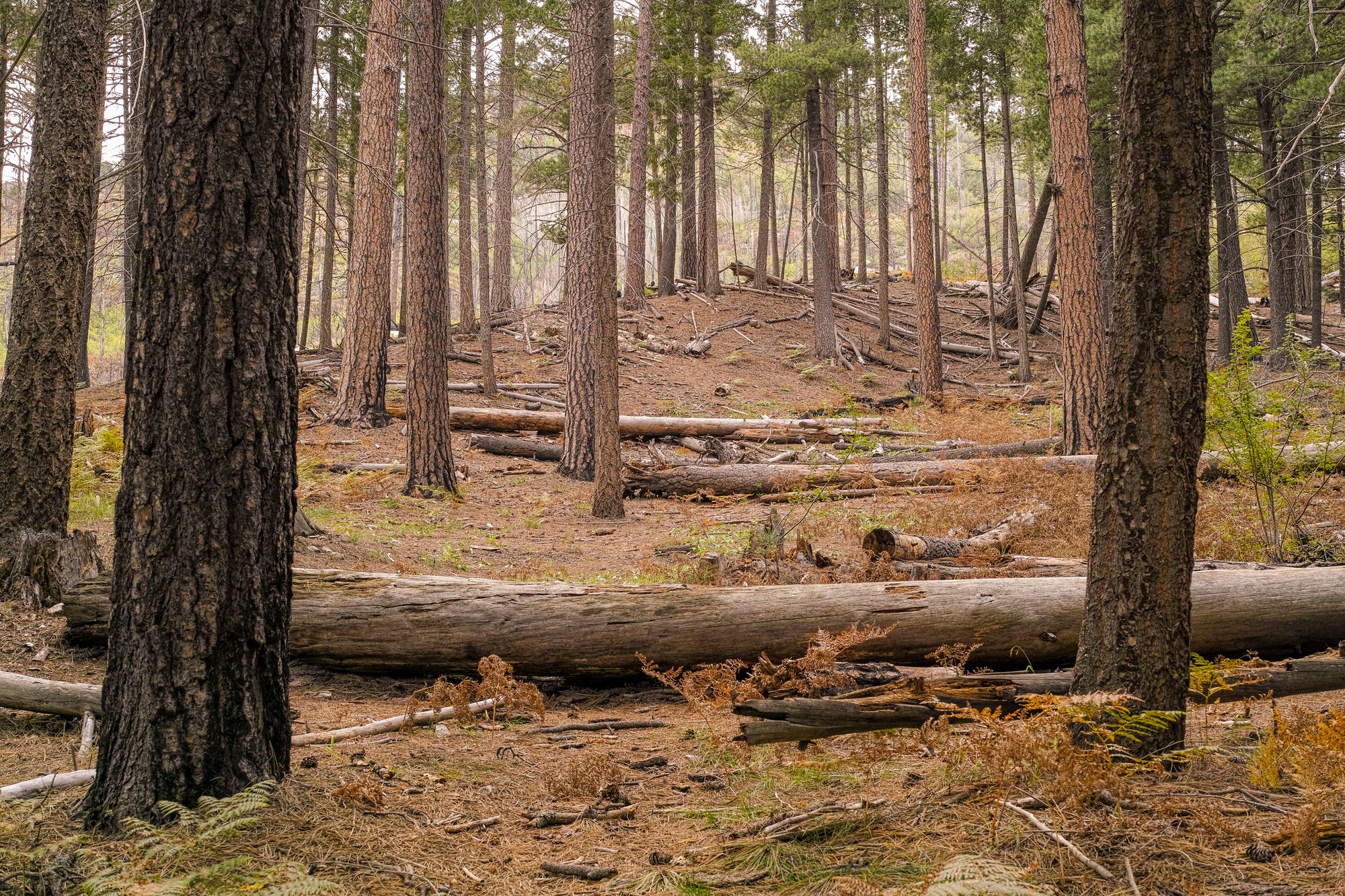The Sigma DP Merrill series
Is it time for another vintage digicam?? I think it is!
This one is a wild departure in every way from the others… you’re gonna wanna click the links to view and download the full (15 megapixel) images, because there’s no way to get the full effect on here.
Also, technically, I'm reviewing 3 cameras in one: Sigma dp1, dp2, and dp3 Merrill. The only difference is focal length so I'm not going to get into details.

The Sensor
These three cameras have a unique sensor you won’t find anywhere else: Foveon.
Instead of interpolating red, green, and blue pixels, with each covering only a tiny portion of the single sensor, the Foveon Merrill edition has 3 full-size sensor layers, one for each color. Meaning no guessing color values.
Meaning the sharpness is absolutely UNREAL.
The tradeoff is foveons are noisy. The Merrill is, effectively, an ISO 100 camera.
Also… they're relatively low-res. Sigma claims the Merrill sensor is "46 megapixels," but that was just their little marketing ploy: they took the megapixels per layer and added them up. It's true that the level of detail truly is far beyond CMOS sensors at the same physical resolution — and raws weigh in at around 40-50 megabytes — but the files are "physically" (in terms of pixel dimension) 15 megapixels.
The Quality
Unreal.
When you do it right, dp Merrill images have an astonishing presence, even on phone screens. And the black & white rendering (in post) is simply delicious.



Whew. This last shot gives me tingles.
It was also the only usable shot from my first outing with the Sigma dp2 Merrill because…
The DP Merrill Experience
So I've established that the image quality is out of this world. Why isn't everyone using these cameras? Well, because of everything else.
There are serious trade-offs to the dp Merrill series & that’s why I don’t have any cat pics this time:
- you basically have to shoot ISO 100 or it looks like crap
- it has narrow dynamic range and blown highlights are ugly and hard-edged; people say “it’s like slide film” and it really is
- writing each shot to card is quite slow at ~10 seconds — and that's raw
- you only want to shoot raw, the jpegs are terrible
- you have to use Sigma's own raw developing software, which is extremely slow and pretty sucky, although you can export to a 14-bit TIFF to bring into Lightroom so the final result is good
- the controls aren't great… for example, I keep forgetting how to control the aperture, which is partially a me-problem for playing with too many cameras, but it's also non-obvious
- the LCD screen is dim and looks like it came out of a Crackerjack box, especially galling considering the level of detail the sensor can capture
- there's no optical or electronic viewfinder which I usually wouldn't even mention, but see the previous point
People say, "it's like slide film." They say, "it's like shooting a serious medium format camera" — meaning like an RB67 or something. But me? I don't think it's an exaggeration to say that level of annoyance-per-frame approaches a digital version of large format.
It takes an excessive amount of time and fiddling to set up and take each shot, nail the exposure, then process. And that's even without using a tripod, which is sadly necessary unless you're in full sun.
I thought the ISO 100 thing would be no problem, but it turns out I had utterly forgotten just how slow ISO 100 is. Good thing I live in the southwest!
You can't tell what you've got til you get home, thanks to the limited latitude and terrible screen.
And sure, you can theoretically bulk develop the raws in Sigma Photo Pro, but in my experience, the lighting changes enough that you won't get the best results this way.
But then… there are the photographs.
The Body
The dp series is integrated: one highly tuned lens per camera. The lenses protrude, and they're not pocketable. But they are very, very good. Except for autofocus, which I don't really care about because these cameras are really made for static scenes and it takes 10 seconds to write the shot so who are you even kidding with autofocus.
The bodies are well-made, and metal, which means they're heavy for their size. I don't know why everyone has a fetish for heavy gear but there it is. The chassis are also smooth which kinda makes them hard to hold but not terribly so.
The controls aren't great, as I mentioned, and for no reason. There's plenty of room on the body for better controls. Somebody at Sigma fell in love with minimalism. Ugh.
The Verdict
I bolded two lines in this review:
- This last shot gives me tingles.
- I don't think it's an exaggeration to say that level of annoyance-per-frame approaches a digital version of large format.
That really sums it up. Using the dp Merrill is actually not fun… it's tiresome, annoying, and frustrating work at every stage from picture taking to editing.
But the results have a special magic you can't get any other way.
The Sigma dp Merrill is not an everyday, everywhere type of camera — unless you're a masochist.
But for the right scene? It's 100% worth it.
I want to test it out on architecture/buildings next.
And then I want to try panos with the dp2 or dp3. Theoretically the focal lengths should be neutral enough. Compositing TIFFs is going to be a thrill ride.
Going Shopping
The dp Merrill series usually goes for around $400 to $500 a pop on eBay.
The SLR version, the SD1 Merrill, goes for $800-1,300… and really only works with Sigma lenses so there's no economizing to be had there.
Shopping Notes: Don't confuse the Merrill series with the Quattro series, the newest line you can still buy new. The Quattro sensor is no longer three full-size layers and frankly, I don't like it at all. If it's surprisingly cheap and doesn't say "Merrill," it's probably the original line; they're fun too but only 5 megapixels.